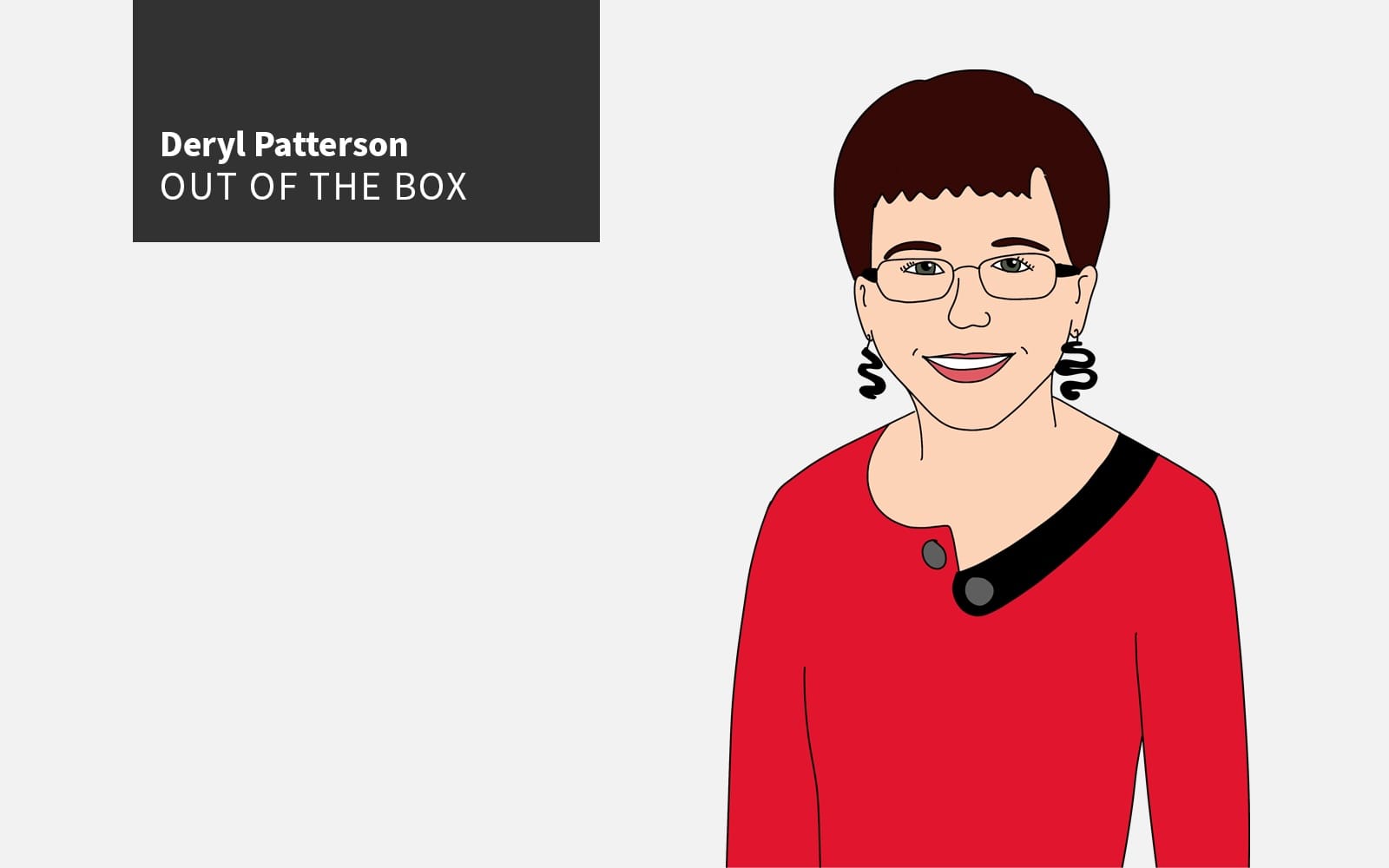Architecture
Production Builders And The Nobility Of Building Homes That Matter
Architect Deryl Patterson debuts her TBD MasterClass series with a powerful case for the dignity, value, and joy in designing homes for the many—not just the few.

I first heard the phrase “nobility of service” while listening to the audiobook, “Unreasonable Hospitality,” narrated by the author, Will Guidara. The book is a great read, but it’s an even better listen because Guidara’s passion for creating excellence comes through in his voice.
When I think of nobility, I think of kings and queens, who had servants. But nobility of service is about how awesome and uplifting it can be to serve others and serve them well. It is more noble to serve than to be served.
In the context of the book, “nobility of service” was in reference to the people who work in the hospitality industry. Some may belittle the role of a server in a restaurant, and I’ve known many people in the hospitality industry who thought they should get a “real” job. But Guidara points out in his book just how rewarding it can be to bring joy to your customers—if only for the duration of their meal.
I relate this to the misperception of what I and what others do in the homebuilding industry. Many architects and architectural universities believe that designing production housing isn’t “true” architecture. They often think custom-designed homes are the only noteworthy residential architecture. Google "famous architects" (or the vaguely nauseating term “starchitects”), and you will get a list of names and their signature buildings. You will see churches, airport terminals, high rises, museums, and a few custom homes. Many of these names and buildings are known by the general public.
But few outside our industry know the name Jack Bloodgood. Bloodgood believed everyone deserved to live in a home designed by an architect. He opened his architectural firm in 1966 and brought honor to designing houses for Main Street, not Wall Street. You could say he made it a noble cause.
Production Home Architect
The comparison between a custom architect and a production architect is much like that of a medical doctor and a veterinary doctor. A medical doctor can ask a patient to communicate their symptoms, while a veterinarian must rely on observations, medical history, and test results. As a production home architect, I am inspired to create housing solutions that will enhance the daily lives of a home’s future residents without ever meeting them. I believe there is no architecture that is more personal and impactful.
Along the way, I encountered many wannabe architects. They believed since they live in a home, they can design one. They may know what they would like in their own home, but what about when the home is for someone else? And can they design homes to meet real budgets, both large and small?
Production Home Builder
Production home builders are often looked down upon as producers of cheap, cookie-cutter houses. Production builders can produce houses that are attainable at various price points. Doesn’t it seem contradictory that “mass production” is frowned upon in the housing industry but not in the automotive industry?
As the housing deficiency in our country grows, suddenly building “workforce housing” is in vogue. Perhaps you’ve heard people talk about housing for the “missing middle.” Could it be that our industry is being recognized for its nobility of service?
Residential Developer
The residential developer may be the most maligned for their craft. They rape and pillage the earth, cutting down trees to make room for subdivisions full of the above-mentioned cookie-cutter houses. But drive through a completed neighborhood and you will find newly planted trees and yards where children can play, dogs can be walked, and neighbors can gather. Before long, those thoughtfully planted trees will grow to a predevelopment equivalency.
I am always mystified that developers are evil, yet farmers are not. Both change the existing landscape and topography—one for food and one for shelter. Both causes are essential for human thriving and should be celebrated for their nobility.
Nobility in Production Housing
Just like there is nobility in service in the hospitality industry, there is nobility in production housing. But in our industry, the joy we bring to our customers lasts a lot longer. We bring this joy to the young, old, and every age in between—to families, empty-nesters, and single buyers alike.
Every year around the holidays, I think of all the families that are celebrating in their new homes, creating memories and carrying on traditions. This would not be possible without a robust housing industry dedicated to designing and building these homes and communities. So be sure to take pride in your work, as there is true nobility in housing!
MORE IN Architecture
Car-Free, Heat-Smart, People-First: Culdesac’s Bold Model
Architect Daniel Parolek and Opticos Design answered with Culdesac Tempe, the nation’s first purpose-built, car-free community. With shade-rich design, missing middle housing, and a self-sustaining mix of homes and businesses, it’s a climate-conscious model now scaling to nearby Mesa.
How A Gamble On Floor Plans Can Be a Win for Homebuilders
If done right, floor plans can remove uncertainty for homebuyers and help builders close the sale. My top advice: Keep things simple, and make sure your teams understand how to read plans.
How Tim O’Brien Homes Is Re-Wiring Its Buyers' Experience
In a market defined by hesitation, speed and certainty separate survivors from stragglers. Tim O’Brien Homes shows how technology can deliver both.